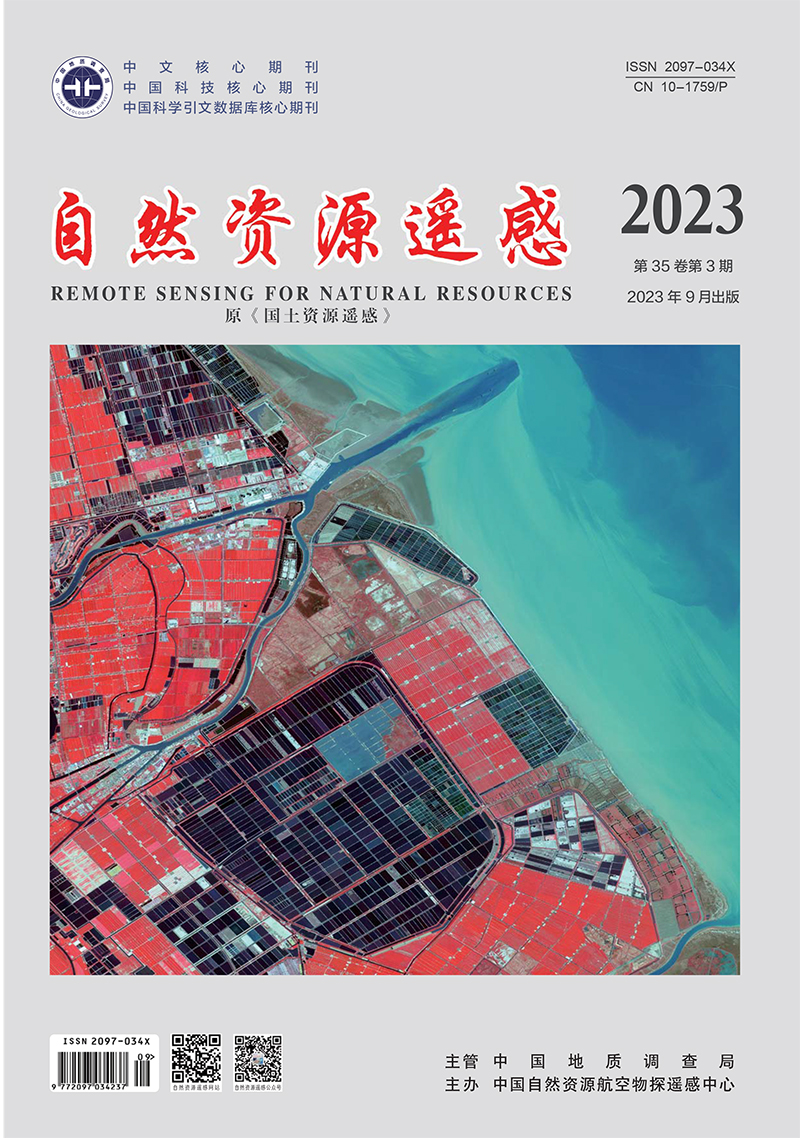LI Zhixin, WANG Mengfei, JIA Weijie, JI Song, WANG Yufei. 2023. A method for identifying the number of building floors based on shadow information. Remote Sensing for Natural Resources, 35(3): 97-106. doi: 10.6046/zrzyyg.2022226
| Citation: |
LI Zhixin, WANG Mengfei, JIA Weijie, JI Song, WANG Yufei. 2023. A method for identifying the number of building floors based on shadow information. Remote Sensing for Natural Resources, 35(3): 97-106. doi: 10.6046/zrzyyg.2022226
|
A method for identifying the number of building floors based on shadow information
-
1. Institute of Geospatial Information,Information Engineering University, Zhengzhou 450001, China
-
;2. China Aero Geophysical Survey and Remote Sensing Center for Natural Resources, Beijing 100083,China
-
;3. Journal of Management World, Beijing 100048,China
More Information
-
Corresponding author:
WANG Mengfei
-
Abstract
Acquiring the number of building floors can provide data support and decision-making services for urban safety and disaster hazards. The number is primarily acquired through manual investigation and statistics currently. Furthermore, the automatic inversion of building heights based on remote sensing images suffers from low algorithmic efficiency, incomplete extraction, and a low automation degree. To acquire the number of building floors quickly and extensively, this study designed an identification algorithm based on GF-7 satellite images. First, shadow lines were automatically extracted using the fishing net method based on preprocessing such as principal component analysis. Then, the building height was calculated based on the geometric relationship formed by the shadow, and the building height was then converted into the number of building floors. Finally, the error in the extraction results was corrected through support vector machine regression, aiming to eliminate the influence of the measurement error of the shadow length. With Chaoyang District in Beijing as the study area, this study conducted model training and testing of the identification algorithm. As shown by the experimental results with Zhengzhou City in Henan Province as the verification area, the overall identification accuracy was 90.21%, with an identification error of three floors at most for buildings with 6~50 floors. This study provides novel technical support and application service for automatically acquiring the number of building floors rapidly and extensively based on satellite data.
-

-
-
Access History







 DownLoad:
DownLoad: